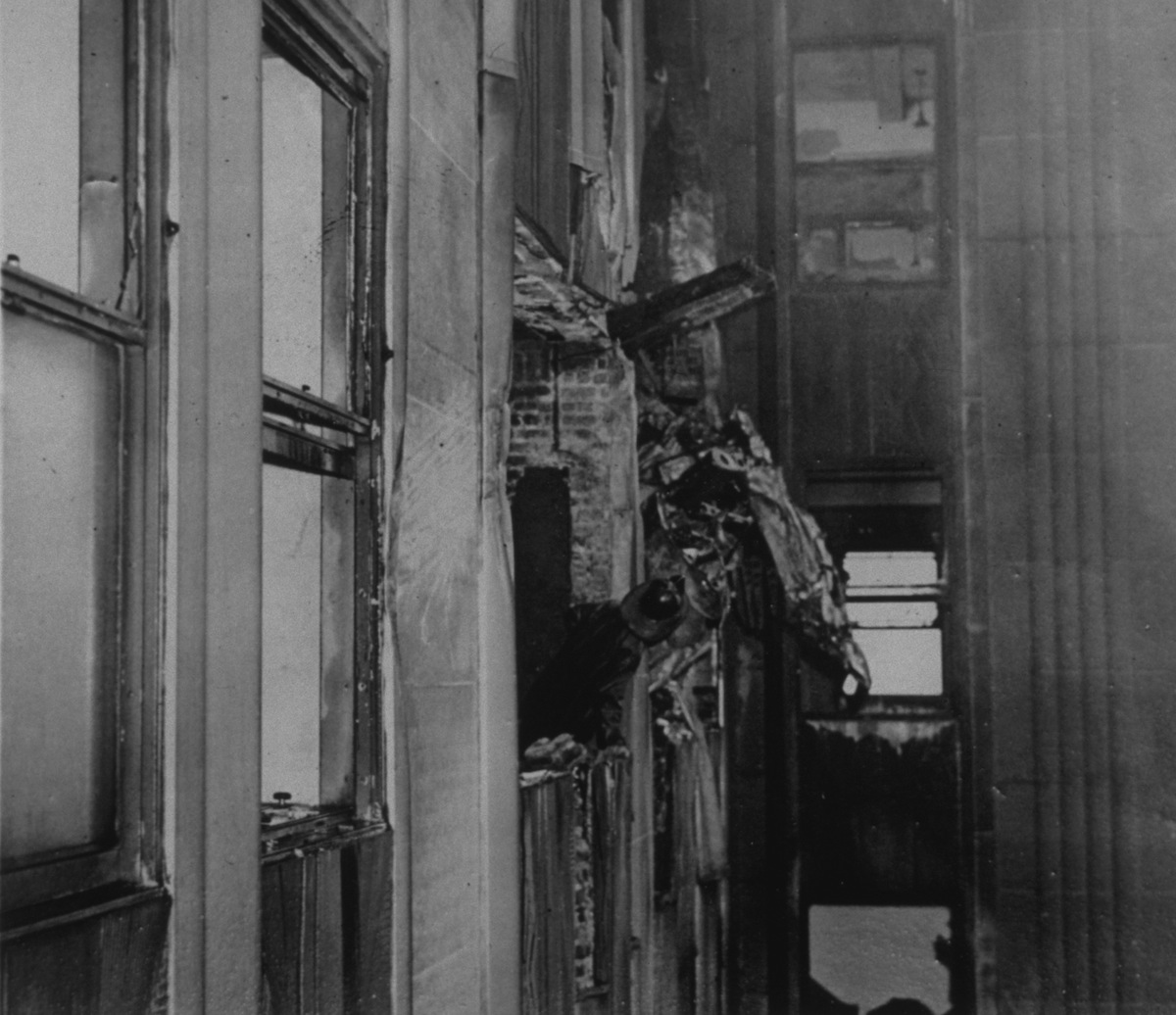
On this day, July 28, 1945, Lt. Col. William Franklin Smith Jr. flew a B-25 bomber into the 78th floor of the Empire State Building, which was then the tallest building in the world.
It was just before 10:00 on a Saturday morning at the tail end of World War II, and Smith was flying a routine transport mission—giving a handful of servicemen a ride home, according to NPR. He himself was a decorated pilot, fresh from logging 1,000 combat hours in the war, per TIME. He’d earned the Air Medal, the Distinguished Flying Cross and the Croix de Guerre as a member of the 457th Bomb Group, where he “hammered at targets in central Germany,” per his obituary in the West Point alumni magazine.
“When Bill entered the Academy in July of 1938 he stood on the threshold of a brief but brilliant career as a soldier. To look back on that career we wonder if he knew that his time was short,” his obit concludes. “He wanted to do everything in a military manner, but fast and well.”
That sense of urgency may explain why, 70 years ago today, the 27-year-old pilot ignored an air traffic controller’s warning of low visibility en route from LaGuardia to Newark.
“We’re unable to see the top of the Empire State Building,” the controller told him, according to TIME’s 1945 report. Smith flew anyway.
In the dense fog, he maneuvered through Manhattan at about 225 m.p.h., narrowly missing a skyscraper on the corner of Fifth Avenue and 42nd Street before he pulled up and banked slightly left—and collided head-on with the Empire State Building.
“The bomber gored through the thick steel and stone of the building as if they were papier-mâché,” TIME reported. “Then, in a flash of flame, the gasoline tanks exploded. In another instant flames leaped and seeped inside & outside the building.”
Smith and his two passengers were killed instantly; 11 people in the building also died. Most of the victims, per TIME, were “women employed by the National Catholic Welfare Conference, which has offices on the 79th floor. Many were burned beyond recognition.”
Some survived against the odds—including a 19-year-old elevator operator who broke her pelvis, back and neck when the plane sliced through the elevator’s cables and she plummeted from the 79th floor to the subbasement, per NPR.
Decades later, it’s hard not to read about this history without thinking of the attacks of Sept. 11, 2001—but the skyscraper and the plane weren’t the only components these two events shared. The disaster also prompted adrenaline-fueled acts of heroism reminiscent, on a smaller scale, of those that prevailed after 9/11. To free the badly-injured young woman from the basement elevator, first responders battered a hole through the wreckage. One courageous volunteer tunneled through it to reach her. Per TIME:
Donald Malony, 17, a Coast Guard hospital apprentice, squeezed through it, brought her out, gave her morphine. Passing the building at the moment of the crash, he had run into a drug store, talked a clerk into giving him hypodermic needles, drugs, other supplies. He gave first aid to many.
Read more from 1945: New York: In the Clouds
The Chrysler Building Under Construction
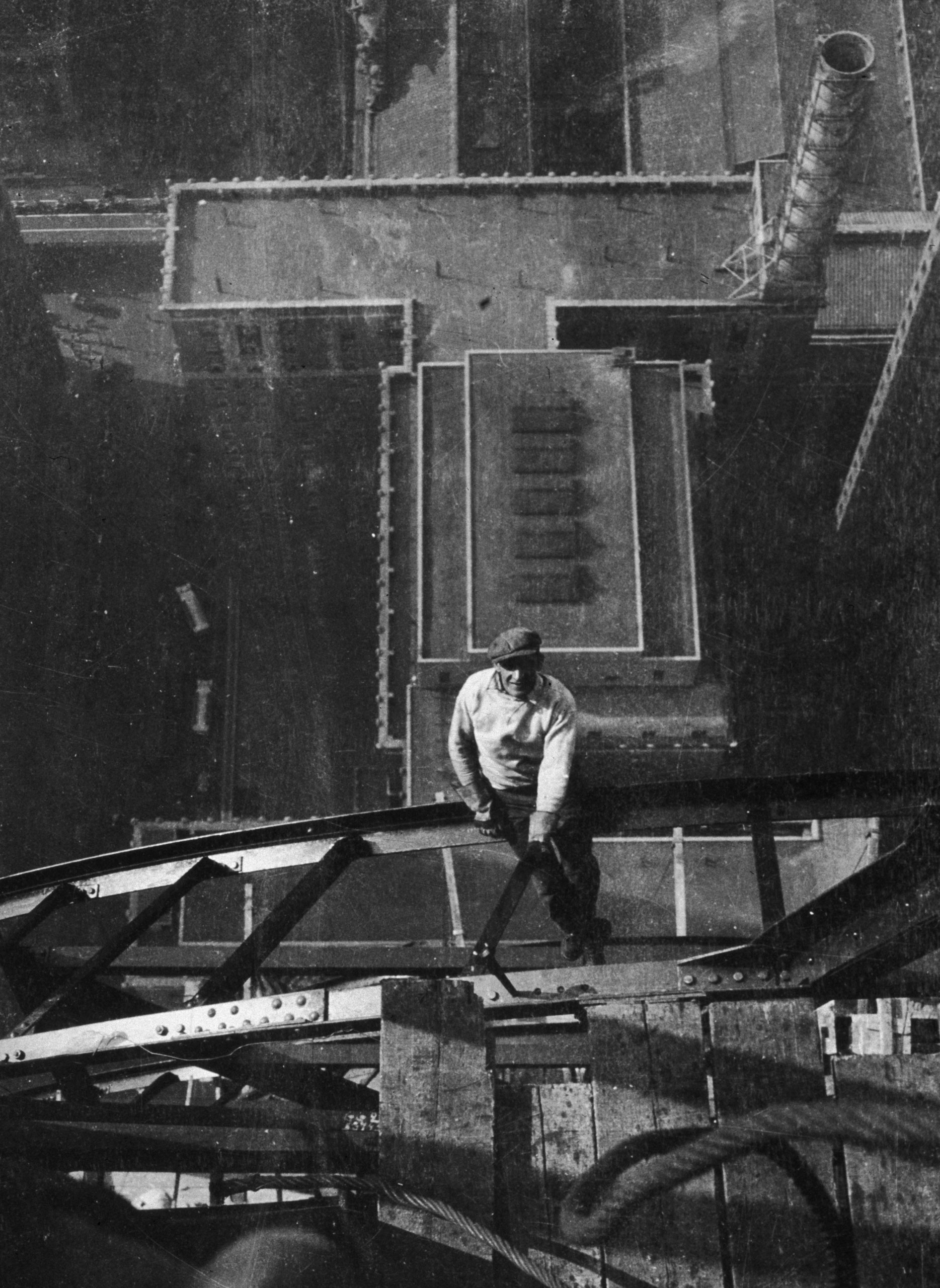
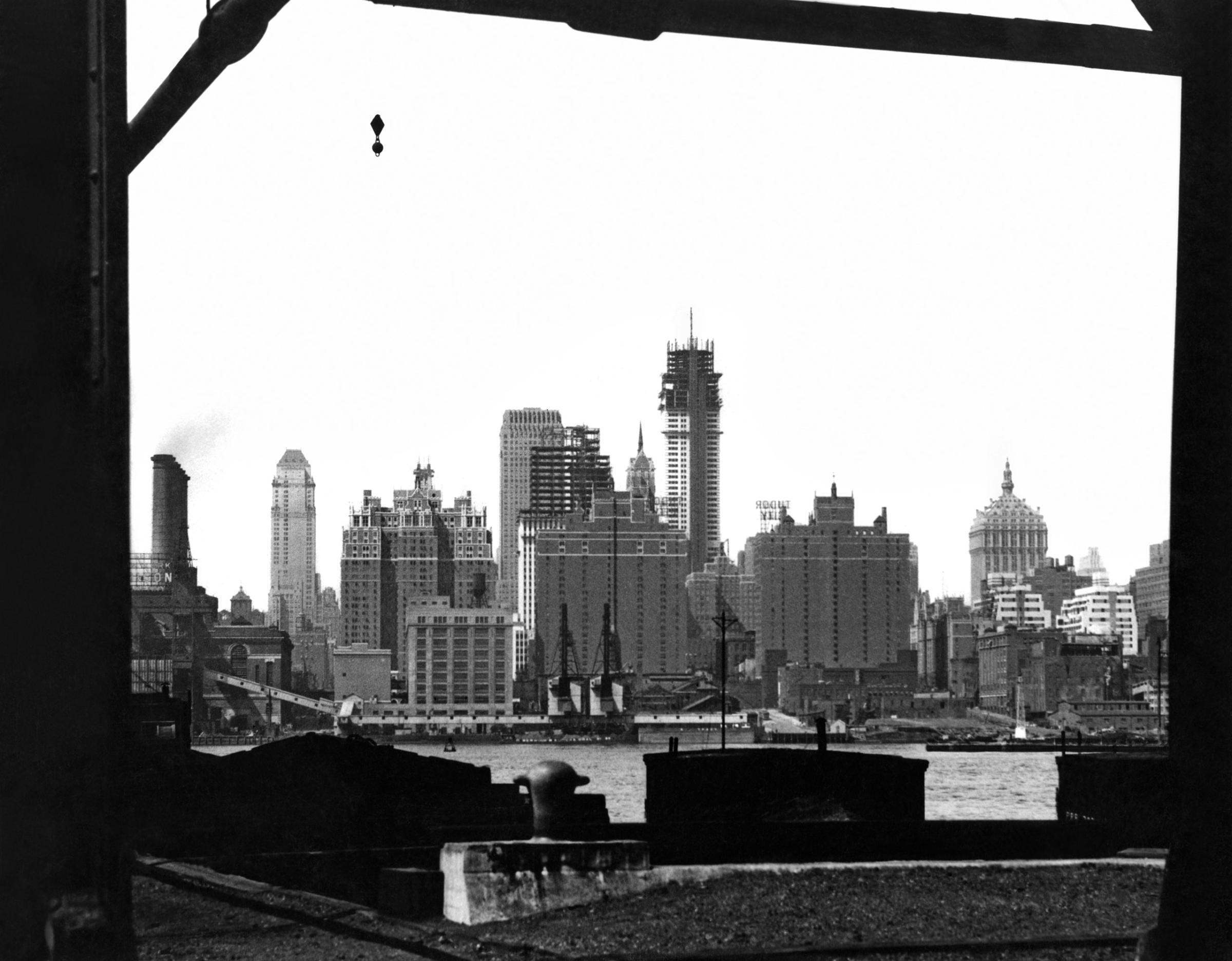
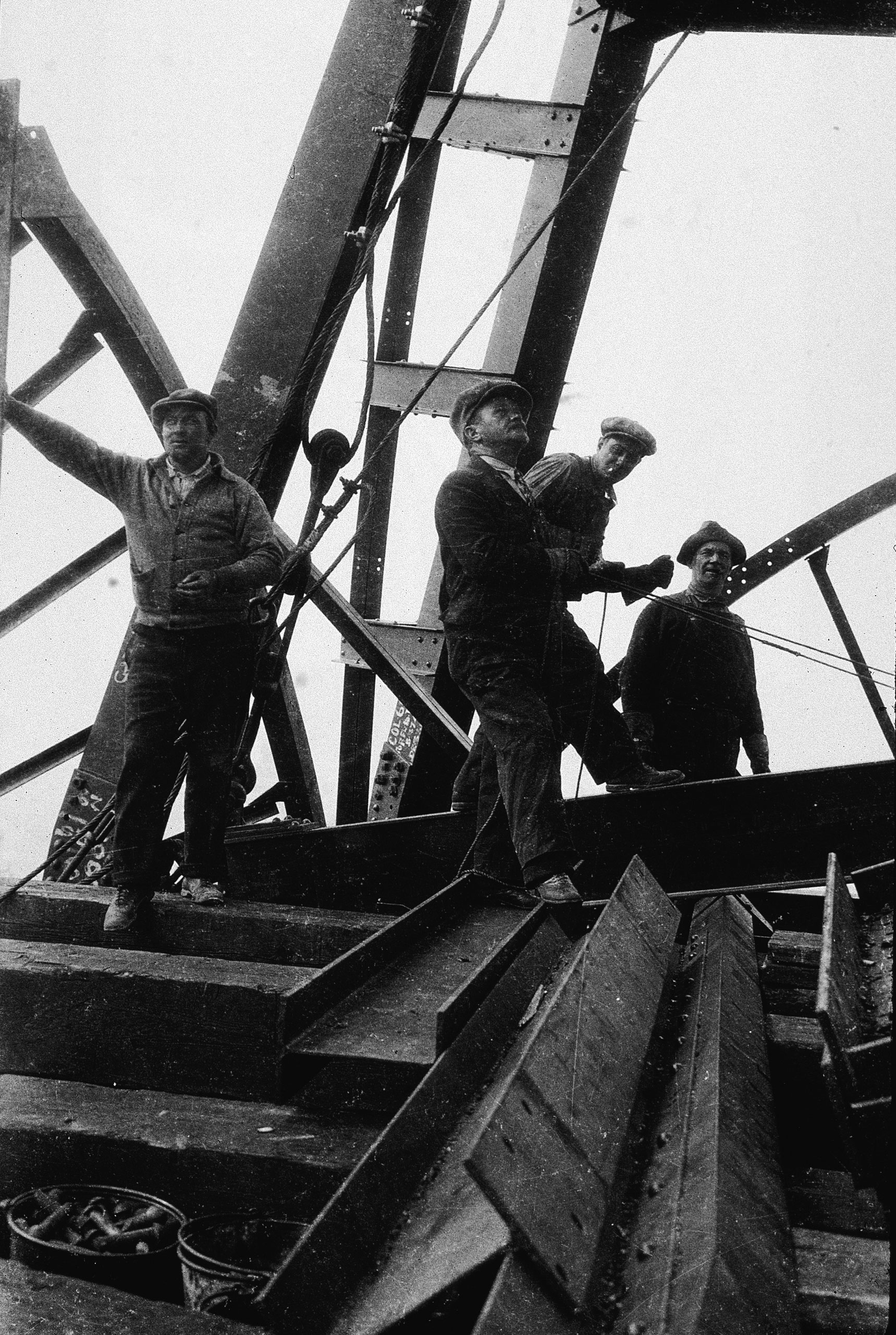
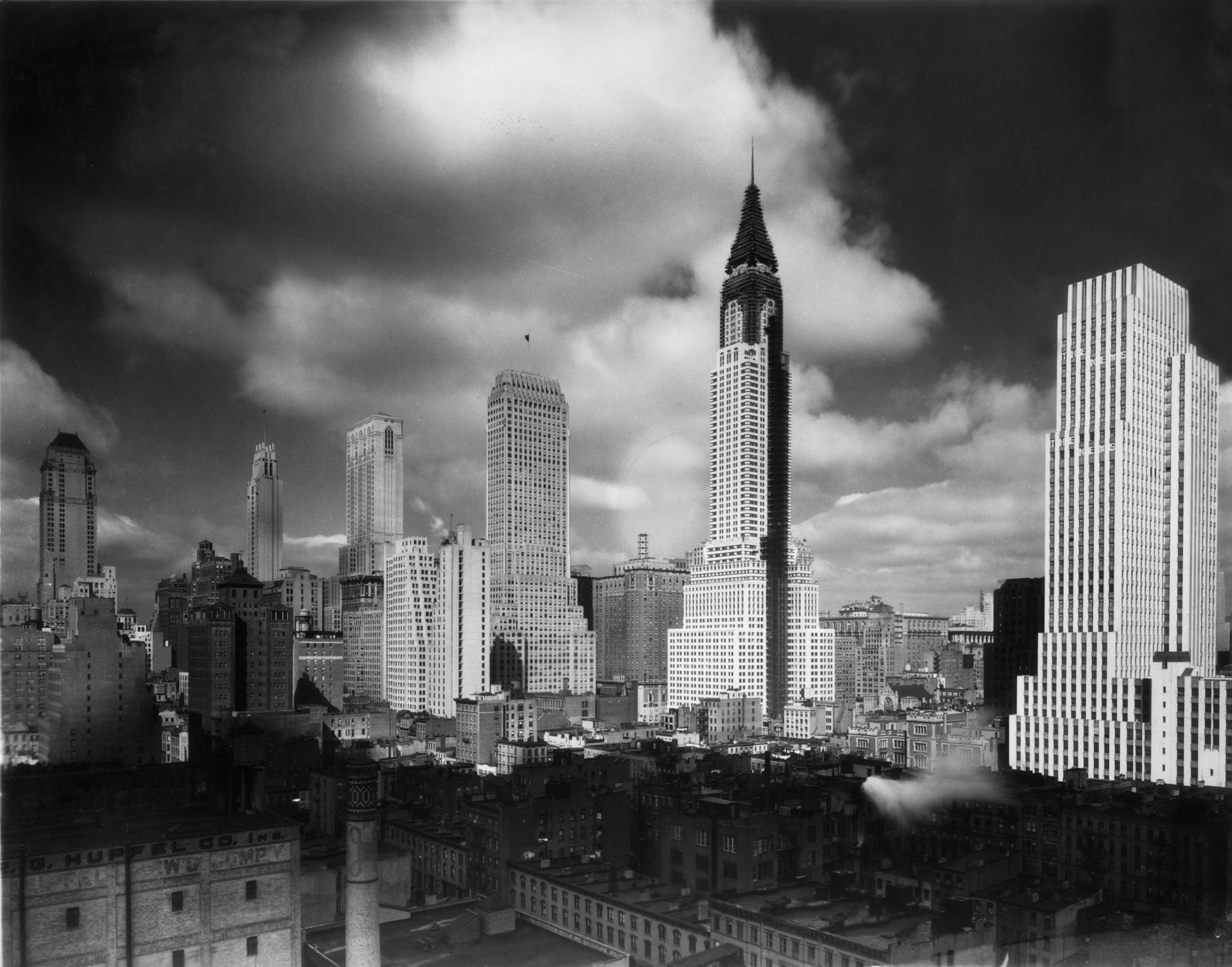
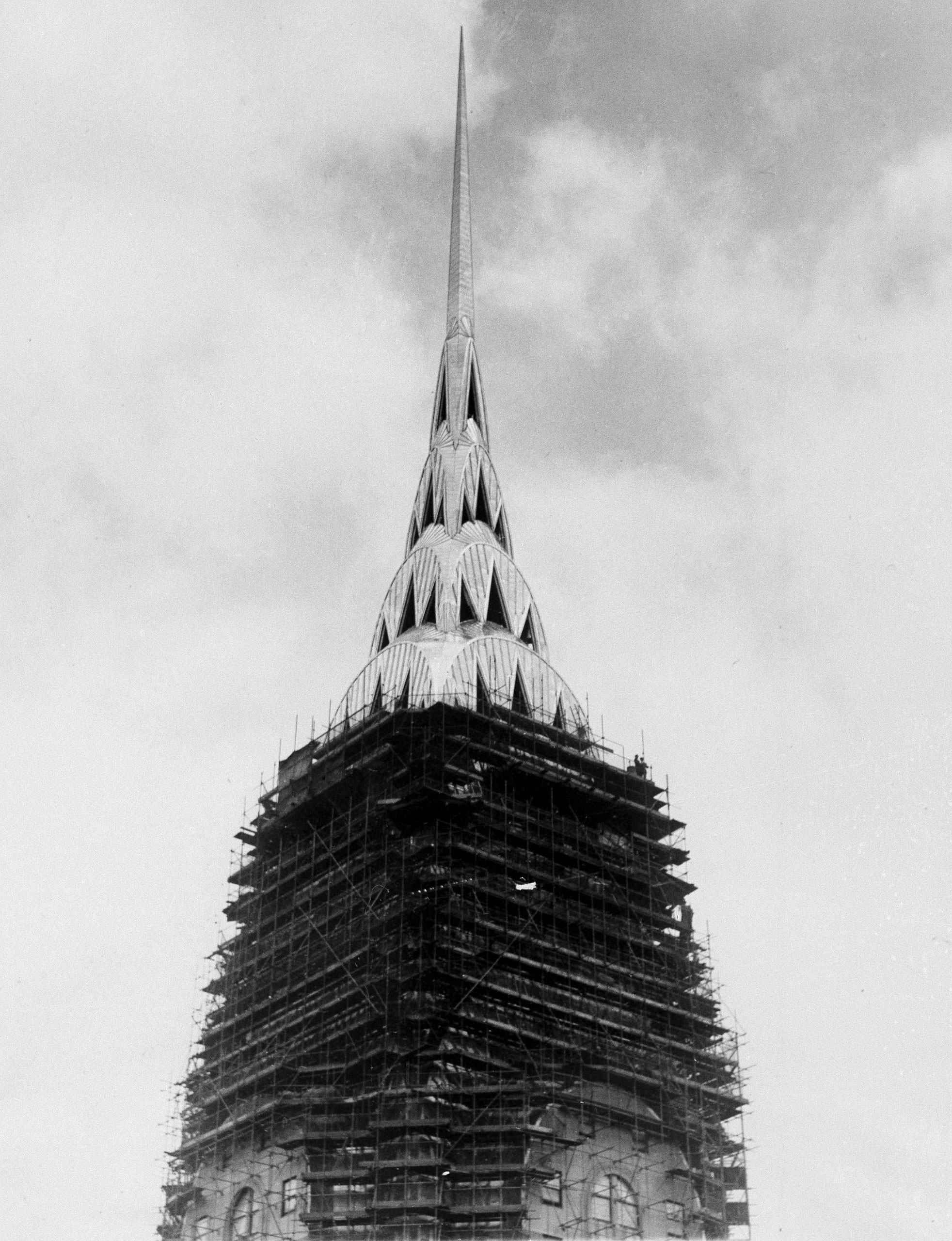
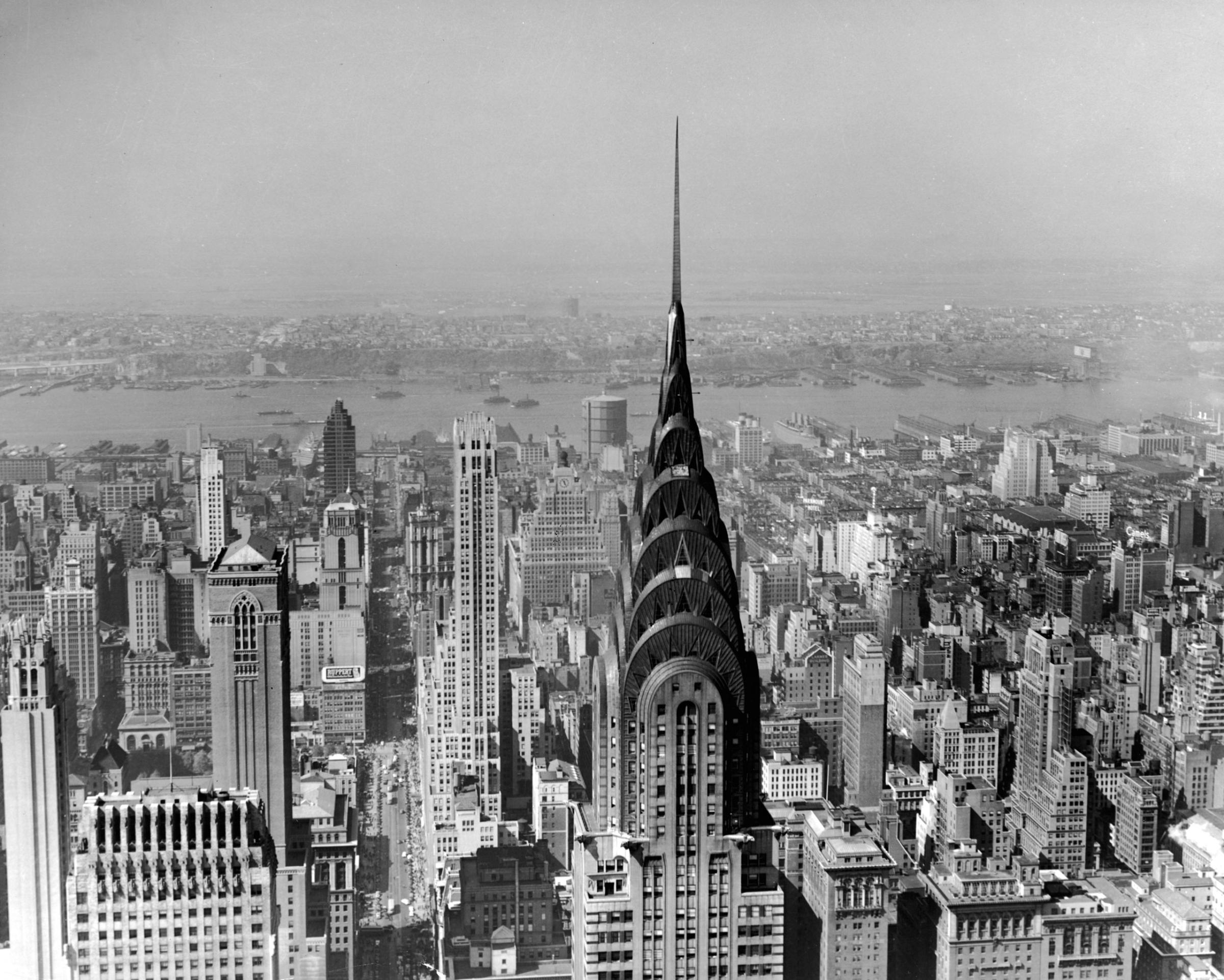
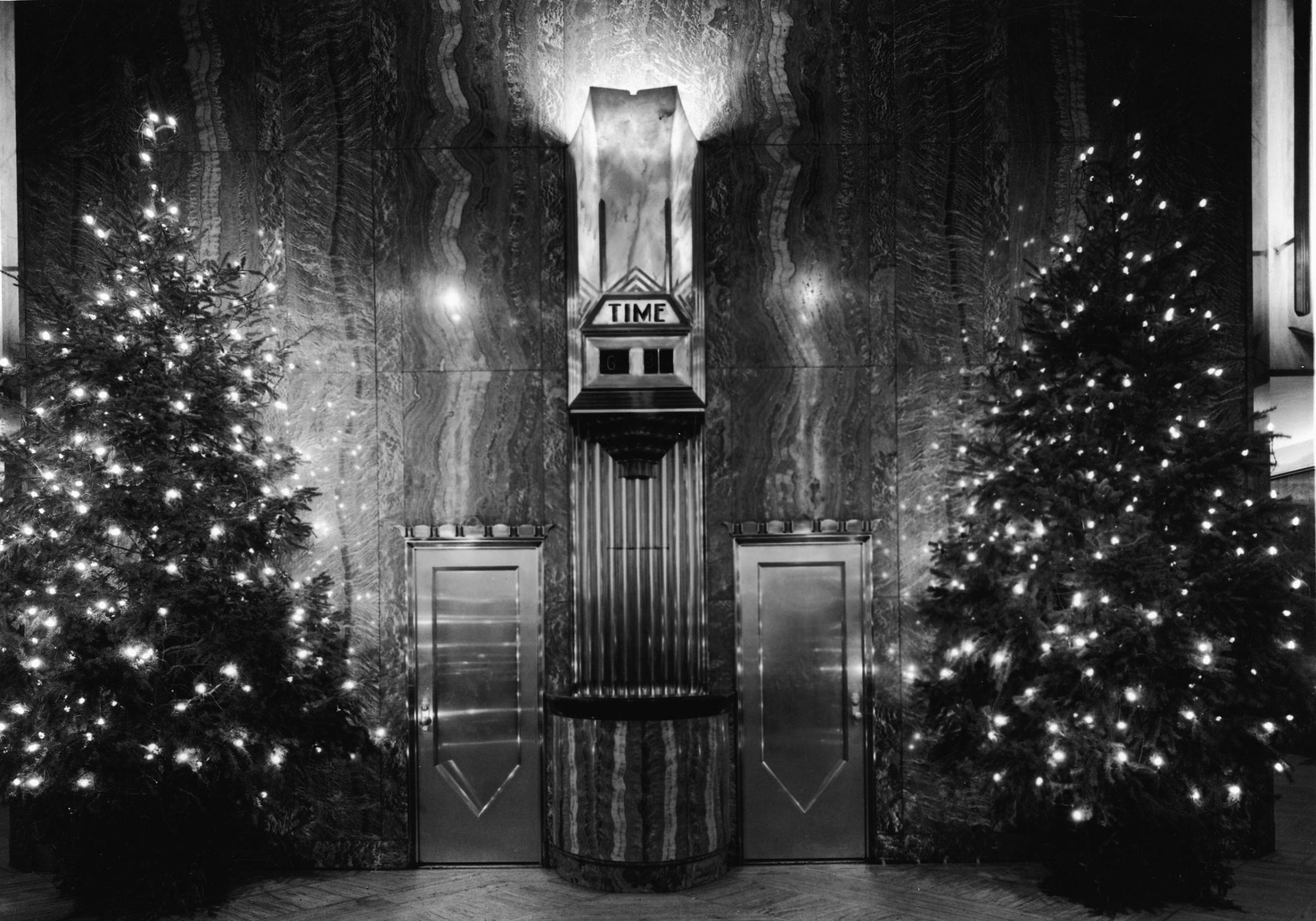
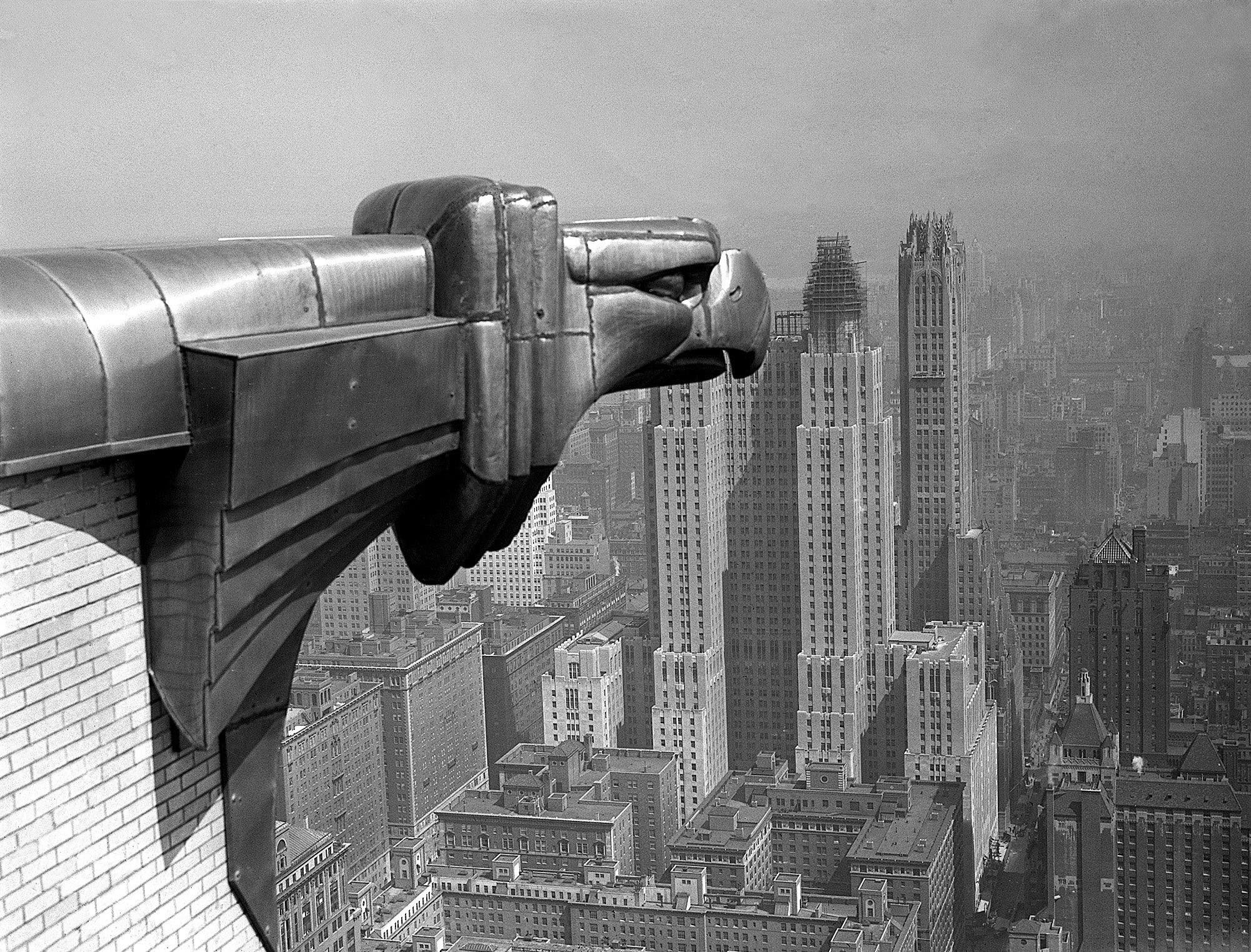
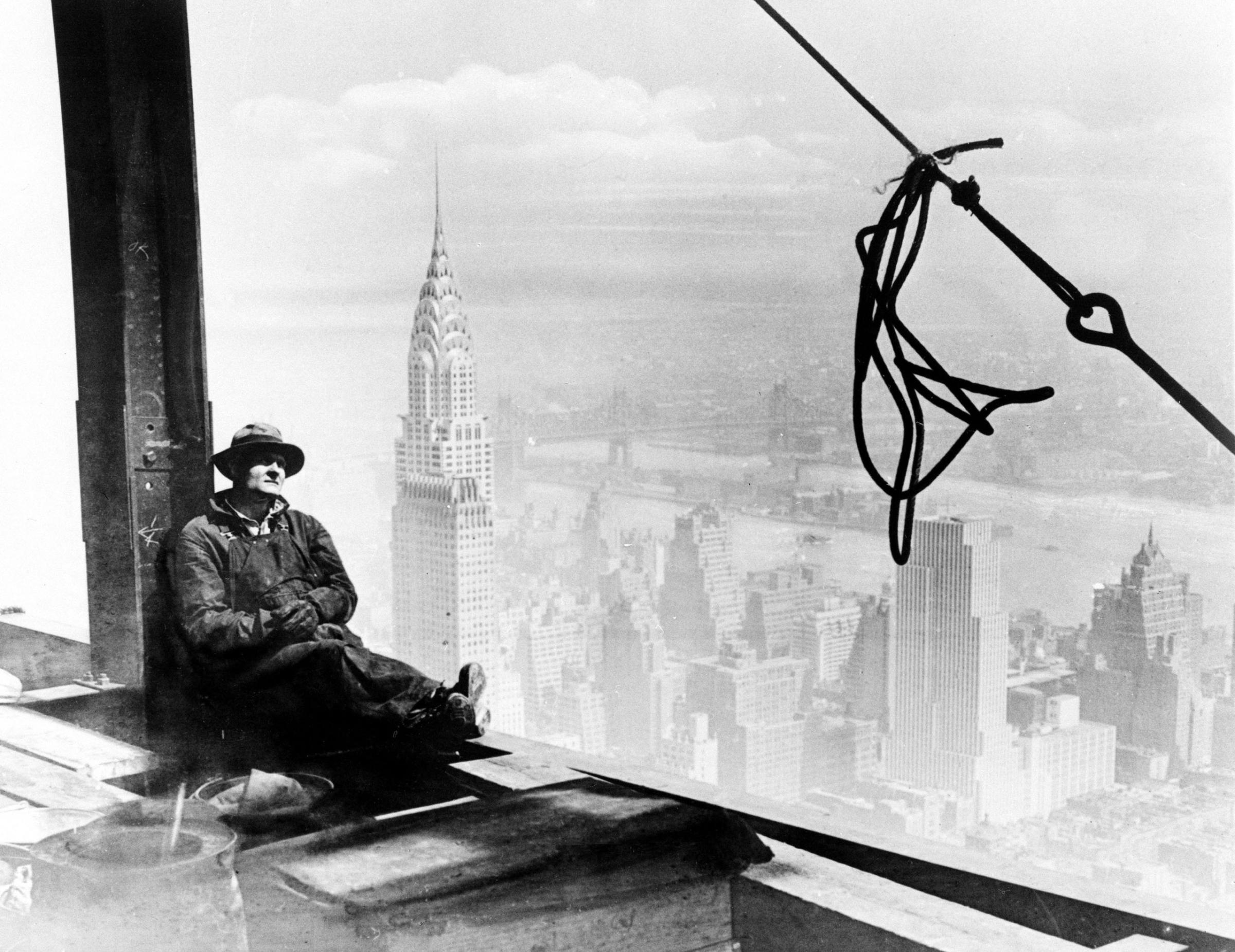
More Must-Reads from TIME
- Donald Trump Is TIME's 2024 Person of the Year
- TIME’s Top 10 Photos of 2024
- Why Gen Z Is Drinking Less
- The Best Movies About Cooking
- Why Is Anxiety Worse at Night?
- A Head-to-Toe Guide to Treating Dry Skin
- Why Street Cats Are Taking Over Urban Neighborhoods
- Column: Jimmy Carter’s Global Legacy Was Moral Clarity
Contact us at letters@time.com